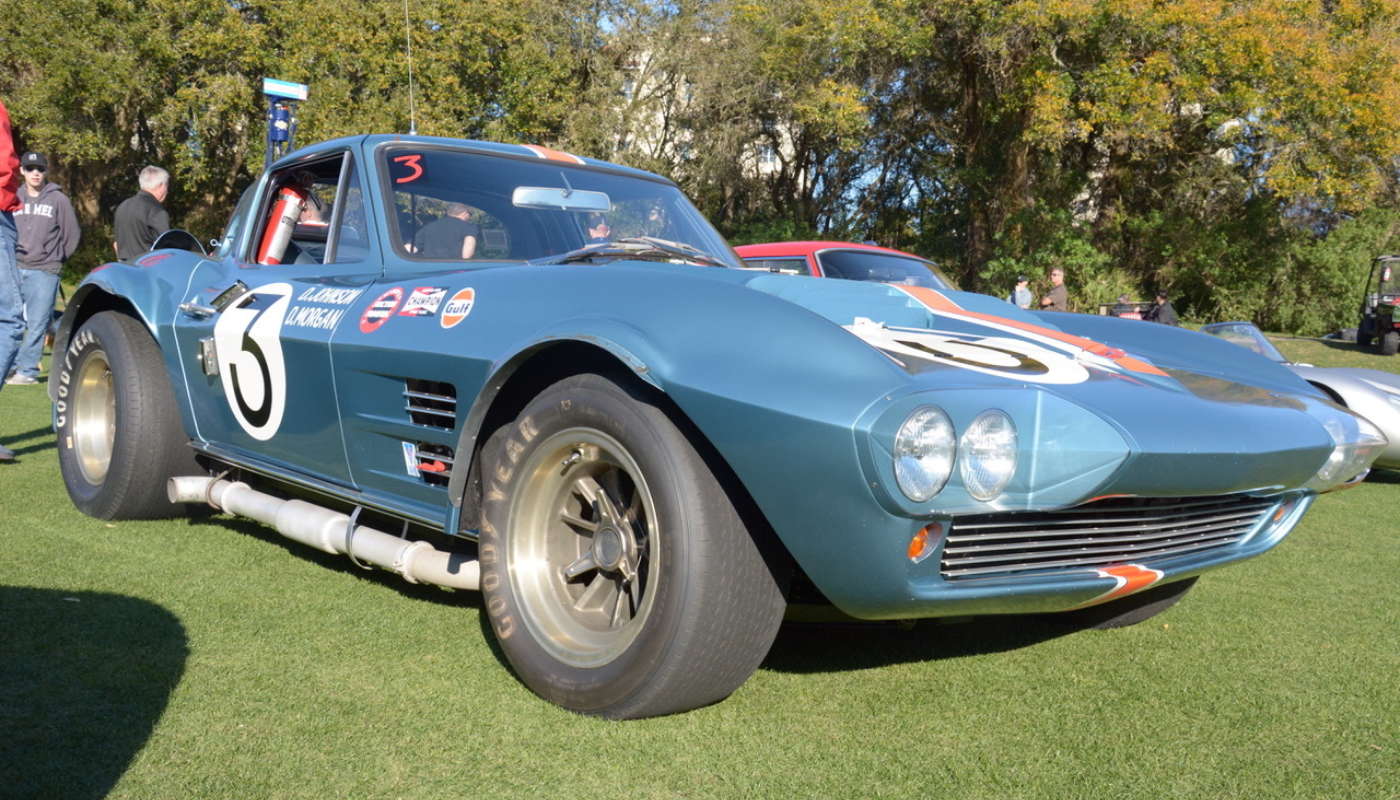
Seen at Amelia: Grand Sport 004
By Dean Larson
There were more rare cars parked on the greens, and probably cars that had won more races as well, but no car in all of Nassau County Florida stopped me in my tracks quite like it. And for good reason, as this modified Corvette was one of the most significant cars in Chevrolet history, one of just five built to take on Carroll Shelby’s Ford-powered Cobras in international Grand Touring races. Stifled by General Motors, the Grand Sport wasn’t allowed to reach its full potential. But for one fleeting moment, the Grand Sport had its day at the 10th Annual Bahamas Speed Week.
As a career engineer and figurehead for Corvette performance, Zora Arkus-Duntov could likely see the Cobra's weaknesses. So would he stand idly by and watch the small-block Cobras take over sports car racing in the U.S.? I think not. But it would take more than modified Corvettes to best the Cobra, as the Shelbys proved they could capably whip standard Vettes nine times out of 10. So it had to be a clean sheet approach, basically a dedicated racer under the guise of a modified Corvette.
Besting the Cobra all started with the chassis, where Zora had more space and better technology to start with. The ladder-type chassis was made lighter, a full 94 pounds lighter, but additional bracing meant it was stiffer than the factory C2. Aluminum, rather than steel, was used as the support structure for the fiberglass body, resulting in a lightweight birdcage-type structure. The fiberglass was also thinner than the factory C2 bodies, but also smaller, as at least a few of the Grand Sports were actually constructed to 7/8ths scale, making them even lighter.
The cars were campaigned with various engines, but a GM 377 ci small-block was the most serious performer. Based on an aluminum block, the engine was topped with a cross-ram style intake with Weber side-draft carburetors. Output was cited at 550 hp.
But unfortunately Zora’s Corvette lightweights didn’t jive with GM’s corporate racing ban, and the brass began a more serious enforcement of the ban at this time, slowly limiting Zora's options for developing the Grand Sport. Just five cars of the planned 125-car series had been constructed, and were hastily sold to privateers. Without official backing from Chevrolet, the cars could not be homologated as production Grand Tourers (as the Cobras were), so they were forced into the C Modified class, where they were not designed to compete. So the Corvette Cobra killer was not meant to be, at least not on a wide scale, but the Grand Sport would still have its day.
While not the most commonly seen iteration, Grand Sport 004, as seen here, is arguably the most significant of the five originals. To start, literally, it was the first of the five to see competition, piloted by Dr. Dick “the Flying Dentist” Thompson at an SCCA race in Connellsville (Pennsylvania) in August of 1963. After receiving a host of upgrades back at GM, the car was prepared with two other Grand Sports for 1963 Bahamas Speed Week, where they would see wheel-to-wheel competition with Carroll Shelby’s Cobras.
Entered by “owner” Mecom Racing, the Grand Sports destroyed their competition, backed by a team of GM engineers who just happened to take a vacation for the event. The cars finished well, the GM Heritage center cites third and fourth behind two prototype cars. Car 004, performed best that day, piloted by Dick Thompson, and captured some press attention and a Nassau Trophy as well. Big names like Roger Penske, Jim Hall, John Cannon and Augie Pabst would also pilot the Grand Sports while they were still under Zora’s control, but soon even the godfather of the Corvette could hold them no longer, and the cars were sold to privateers.
The first owner of Grand Sport 004 was a Texas Chevrolet dealer by the name of Delmo Johnson. He and his co-driver Dave Morgan raced the car regularly up until 1965, likely with a 427 big-block, as the 377 ci engines were removed from the cars prior to GM releasing them. As seen today, the car has been restored to its configuration from the 1964 Sebring 12 Hours configuration, with various lighting additions, scrutinizing decals and copper strips for grounding its CB antennae. As part of the Miles Collier Collection, the car is a living exhibit at the Revs institute in Naples, Florida.

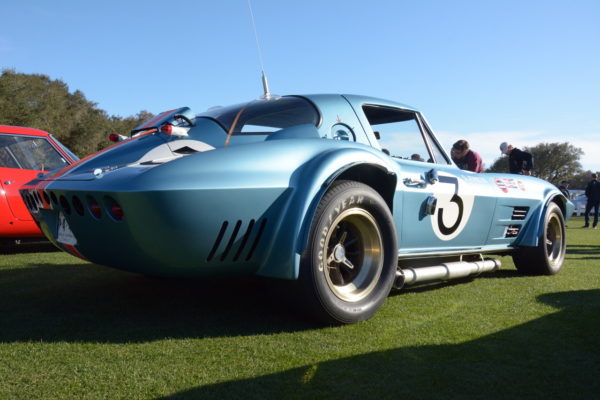
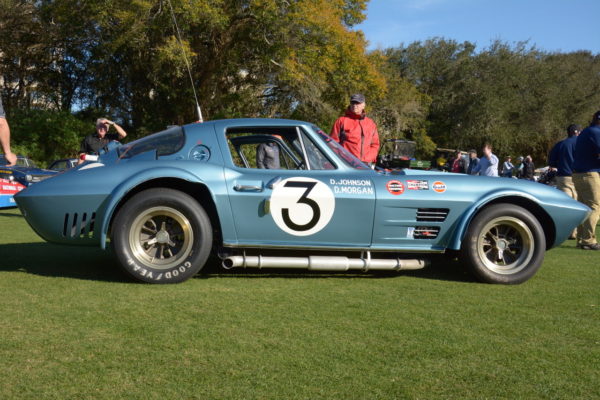
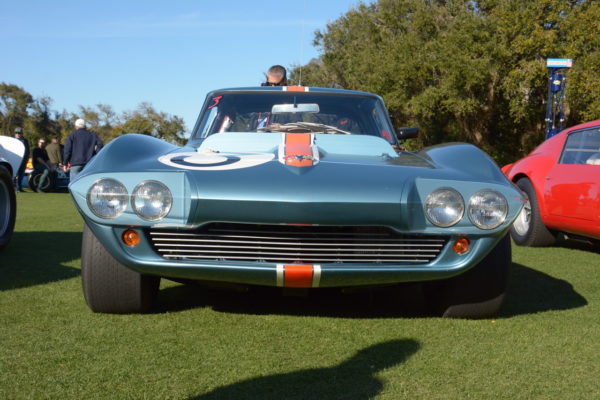
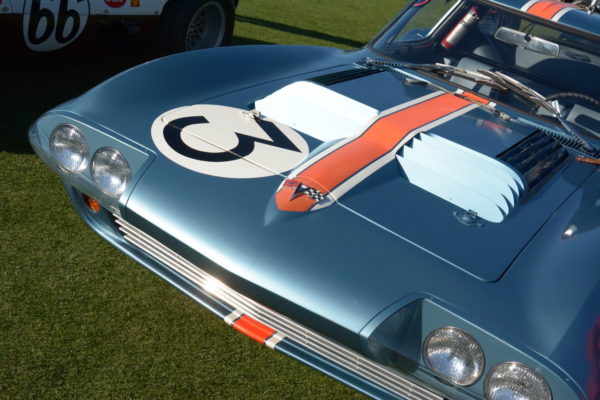

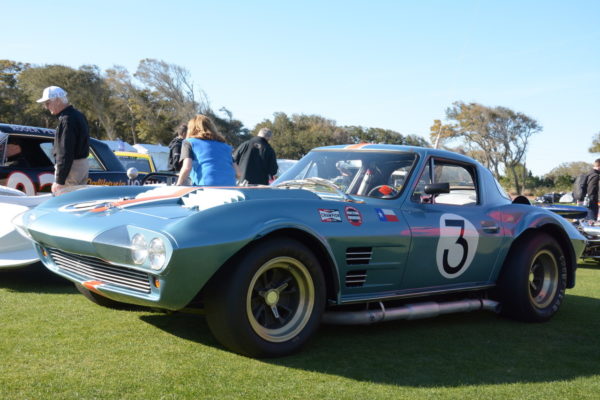
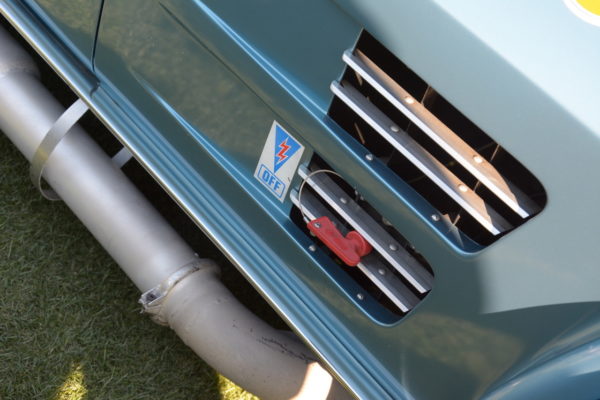
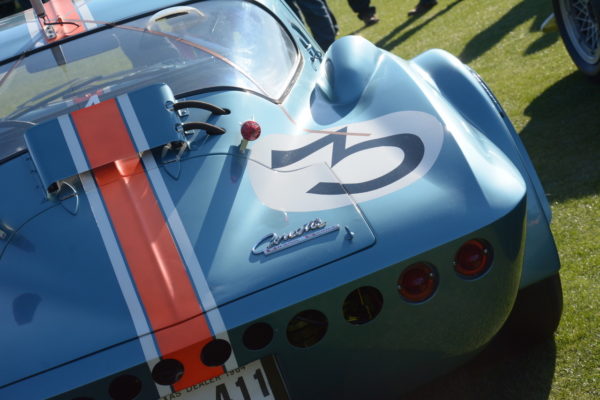
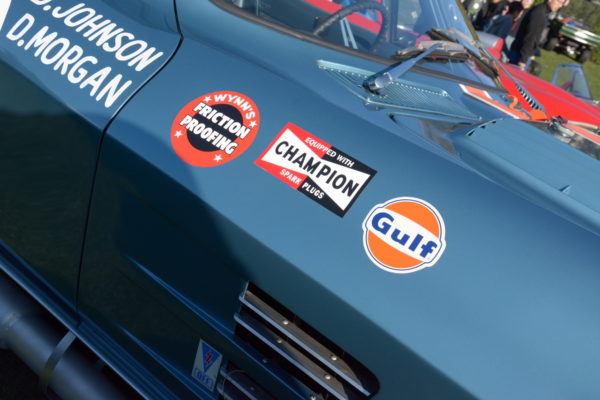
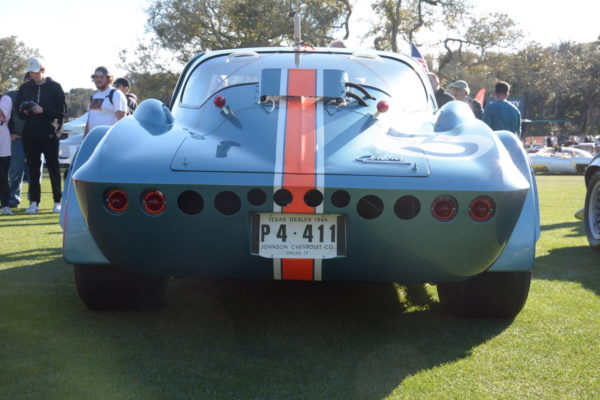
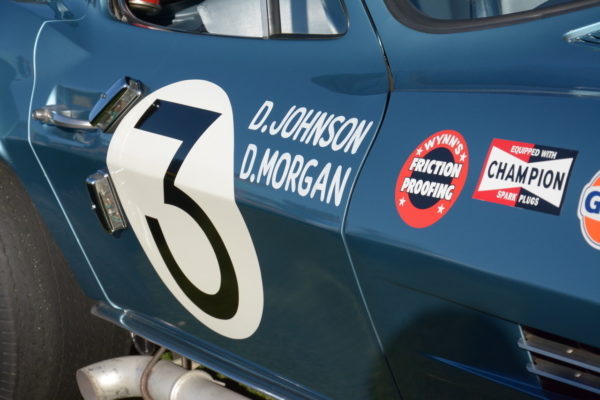
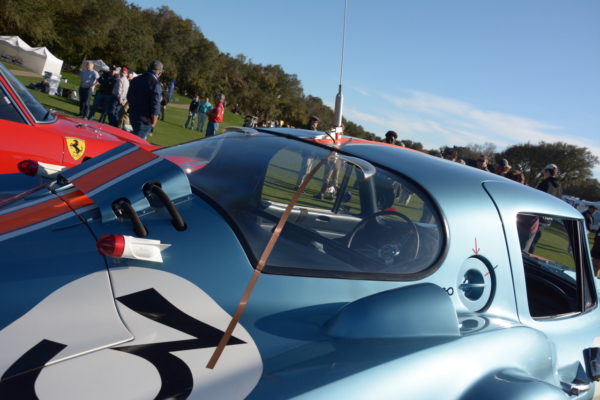

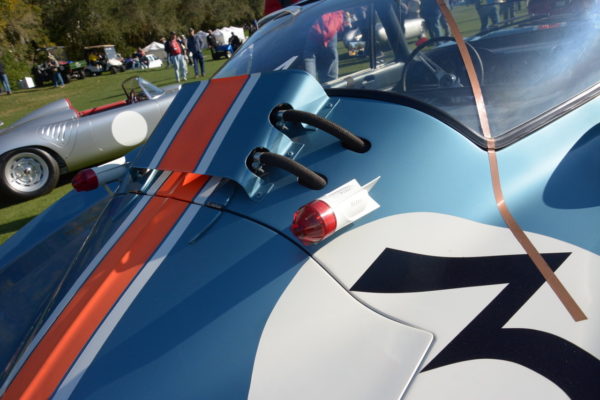
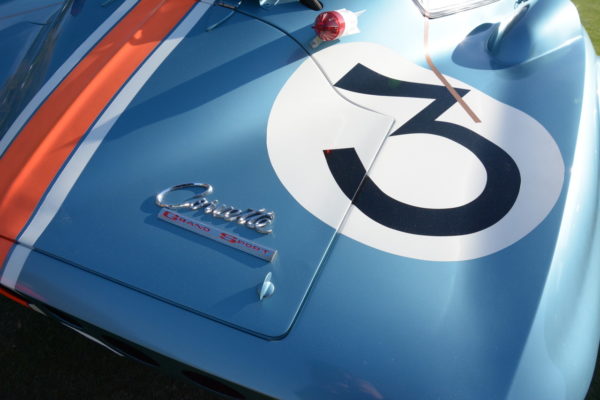
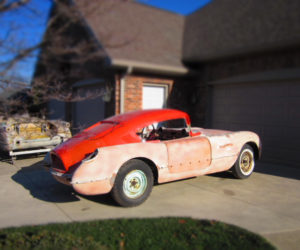
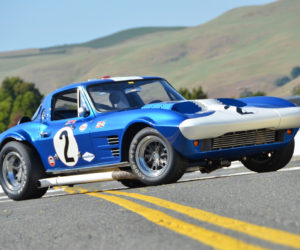
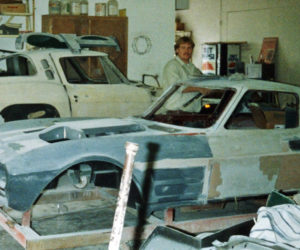
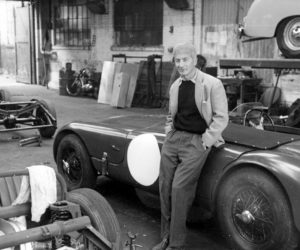
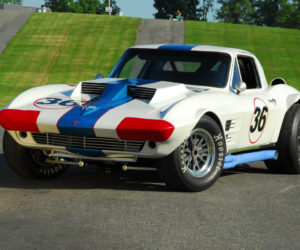
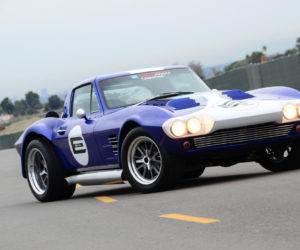




Comments for: Seen at Amelia: Grand Sport 004
comments powered by Disqus